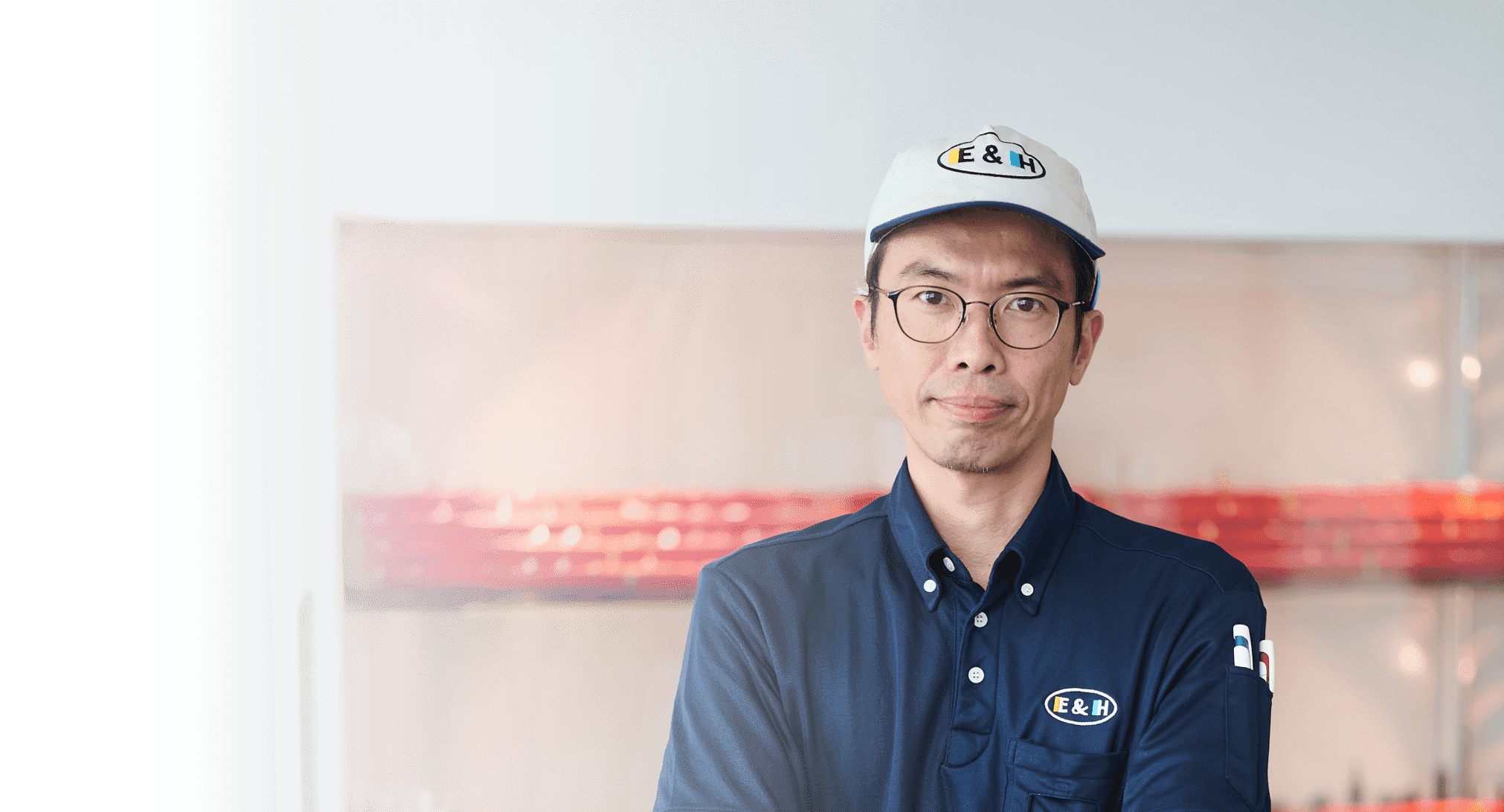
Q1. Business activities
The main workflow of the Sales Department is as follows.
1. Receiving New Orders: From receiving a quotation request from the customer → preparing and submitting the quotation → following up and negotiating for order confirmation → receiving prototype orders → managing the schedule leading up to the start of mass production.
2. Developing New Customers: Conducting market and target customer research → contacting potential customers and introducing the company → receiving a request for quotation.
In addition to engaging with customers, we play a vital internal role by leading prototype schedule management and serving as a key liaison between the company and our clients.
As a sales manager, my key responsibilities include setting departmental goals, formulating sales strategies, managing, developing, and evaluating team members, and actively engaging in customer and supplier relations.
I am primarily responsible for major Japanese clients, and since key decision-makers at Japanese companies in Thailand are often Japanese nationals, I place great importance on earning their trust as a company and establishing credibility as a sales representative
Our role is to manufacture and deliver products precisely according to the customer’s specifications. We operate in an industry where differentiating based on the product itself is challenging. However, this is precisely why it’s essential to develop strategies that give us an edge over competitors, and I believe this is what makes sales so engaging on a daily basis.
Q2. Daily schedule
08:00
Sales Department Morning Meeting / Management Morning Meeting 09:00
Email checking / Schedule adjustment 10:00
Making appointment for customer visits and meetings (including new customer development) 11:00 Quotation approval ~Lunch~
13:00 Customer request handling (email) 14:00
Meetings with customers and suppliers 15:00
Progress check for new projects 16:00
Email checking / Schedule adjustment
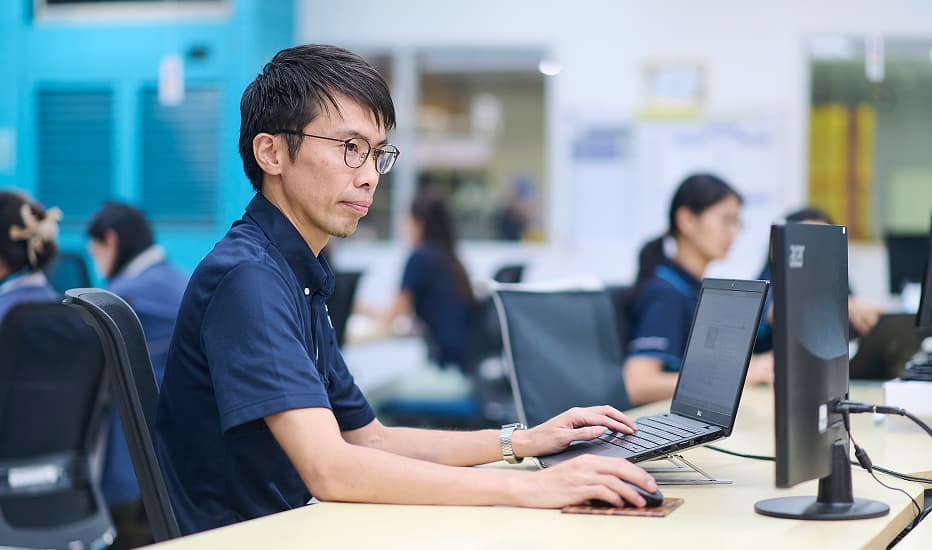
Q3. What I love about E&H!
It’s a one-way ticket overseas — no transfers back to Japan. With the headquarters function based in Thailand, it’s rare to find a Japanese company like this.
Should this be seen as a downside or an advantage? Clearly, it’s the latter. At most typical Japanese companies operating in Thailand, Japanese employees usually return to Japan after about five years. However, at E&H, Japanese staff do not return, which I believe leads to deeper bonds with local staff.
I take pride in E&H, a company that blends the best of Japanese and Thai culture, continues to grow, and works to achieve the well-being of its employees—both materially and emotionally.
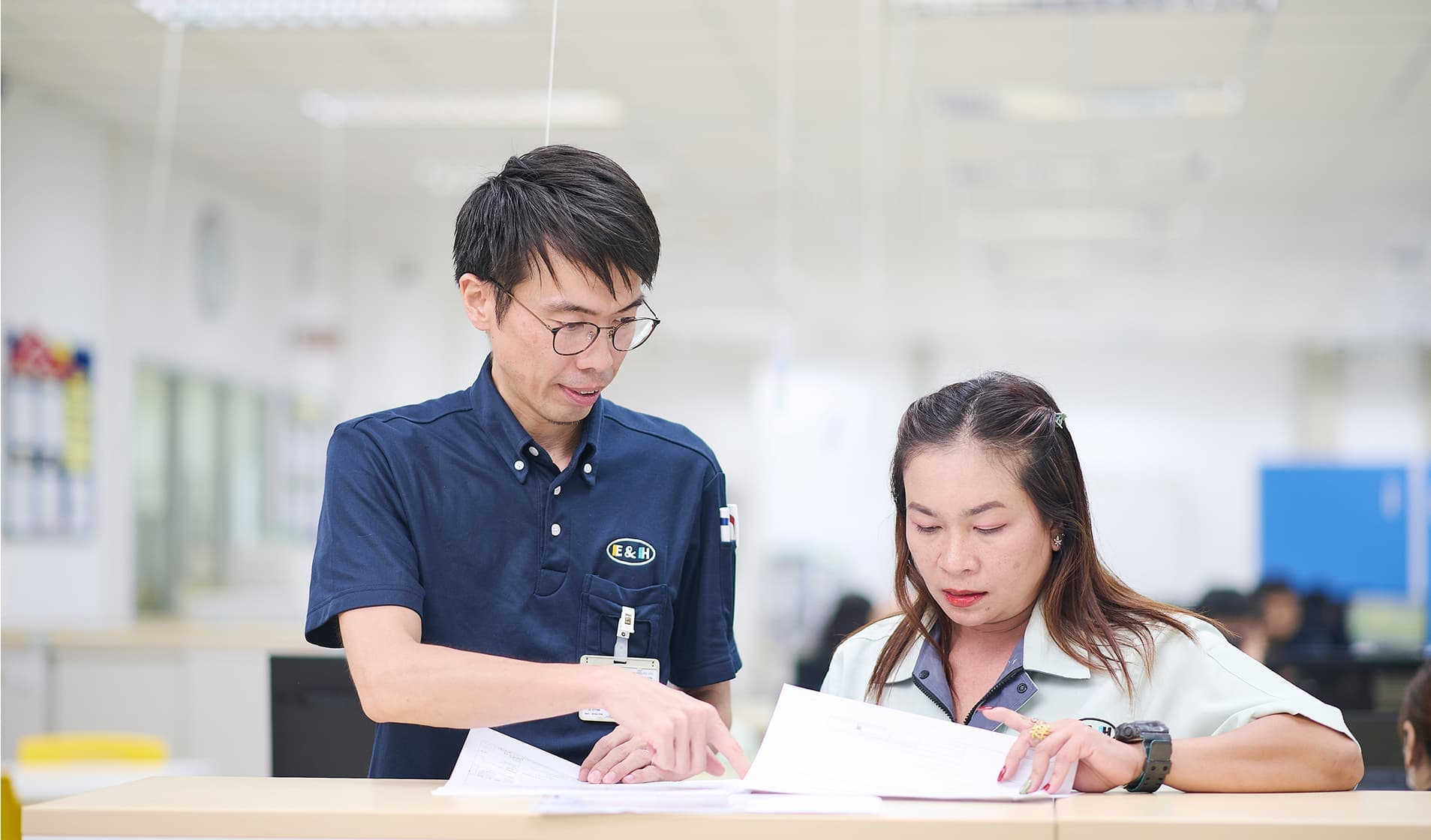
Q4. What does Thailand mean to me?
One of the main reasons I live in Thailand is because it’s always warm—I’ve never liked the cold. No more struggling to get out of bed on chilly winter mornings!
Also, Thai people—who are generally pro-Japanese and devout Buddhists—are easy for Japanese to connect with. However, if you view things strictly through the lens of Japanese common sense, you may often find yourself puzzled. But in my experience, if you make an effort to understand Thai culture and stay grateful for being able to live here, life in Thailand becomes all the more rewarding.
The relaxed nature of Thai people, with less social pressure to conform and a laid-back attitude toward the small stuff, really suits my lifestyle.
Q5. My Top Recommended Spot in Thailand!
Koh Samet – it’s relatively close to Bangkok and highly recommended for a long weekend getaway. Crystal-clear waters and white sandy beaches—why not enjoy an easy-to-access Asian resort getaway?
Thai cuisine is surprisingly deep and diverse. Each region offers its own unique flavors, so why not start by giving a few dishes a try? In the northeastern region (Isan), I recommend dishes like som tam (papaya salad) and gai yang (grilled chicken), while in the north, you can try khao soi (curry noodle soup). For the south, don’t miss massaman curry. All of these are easily available in Bangkok.
How about trying Thai dishes that are either too spicy or too sweet?
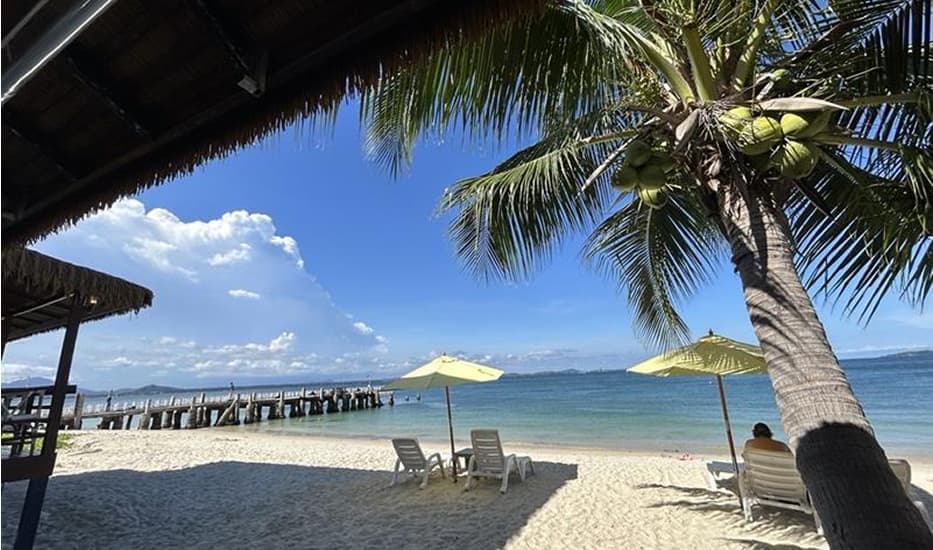
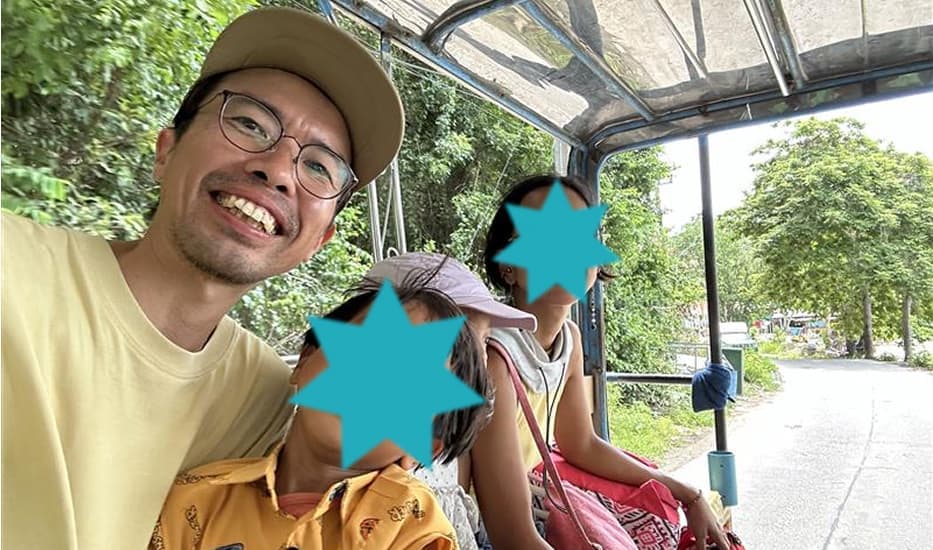
Q6. Messages to future team members!
For all of us, including you reading this, changing our environment requires a great deal of energy. However, I believe it will bring about significant change in return. When I was assigned to E&H Thailand 18 years ago, I was in my late 20s. At the time, I had to communicate with clients who were twice my age, manage inexperienced team members, and handle challenging projects. While it was tough, each of these experiences, which would have been hard to come by in Japan, significantly changed my life. If you’re looking for bigger changes in a short period of time, from my experience, changing your environment is a great way to achieve that.
I would be happy if E&H becomes the catalyst for that change for you.
